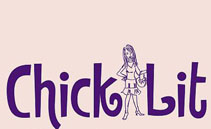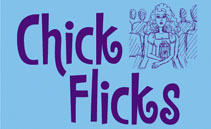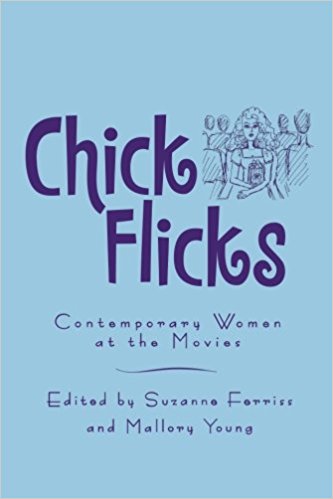

| |
| home |
| about us |
| media |
| scholarshipresources |
| contact |
Praise for Chick Lit"a pioneering book"--Tania Modleski
"a volume of intelligent, insightful, readable essays"--Leslie W. Rabine
Praise for Chick Flicks
"a must-read for anyone interested in the momentum of chick flicks in cinema"--Journal of Popular Culture
| Chick Culture |
We are interested in “chick culture,” or, more simply, contemporary popular culture media forms focused primarily (but not exclusively) on twenty- to thirtysomething middle-class women. The most prominent chick cultural forms are chick lit, chick flicks and chick TV programming, although other pop culture manifestations such as magazines, blogs, music--even car designs and energy drinks--can be included in the chick line-up. In our books, we have argued that the dawn of chick lit, the wildly popular body of literature largely spawned by British author Helen Fielding’s 1996 novel Bridget Jones’s Diary, provides a fairly clear starting point for the chick cultural explosion. The TV series Sex and the City, based on the book by Candace Bushnell, appearing at the same time, provides another clue to its origins. As a phenomenon dating from the mid-’90s, the chick culture boom both reflects and promotes the new visibility of women in popular culture. The moniker chick flick dates back considerably further than the mid-’90s. Although impossible to trace definitively, its original use was surely as a derisive term--most commonly applied by unwilling male moviegoers to their girlfriends’ film choices. In the simplest, broadest sense, chick flicks are commercial films that appeal to a female audience. Although we focus primarily on contemporary films, chick flicks can also be seen as a much more inclusive film category, incorporating films from earlier eras. We are most interested, however, in the wide range of responses invoked by chick culture. The term chick itself--whether applied to film, literature, or other popular culture forms--invites immediate and conflicting reactions. The term and reactions to it point up some of the larger issues involved in responses to chick culture. To learn more about this phenomenon, click on the links to find essays, newspaper and magazine articles, and reviews, as well as academic resources and more. We welcome your comments and reactions. |

